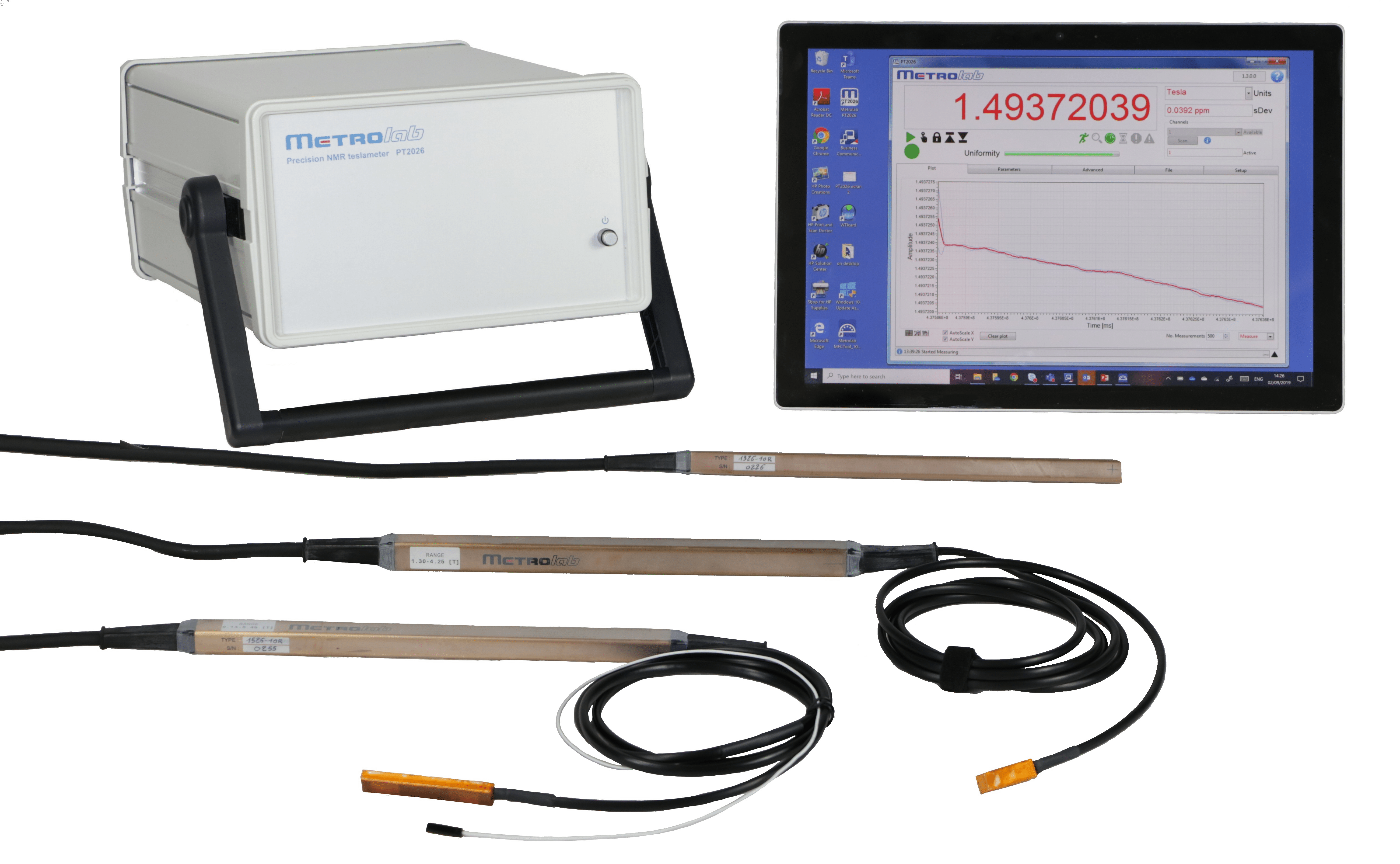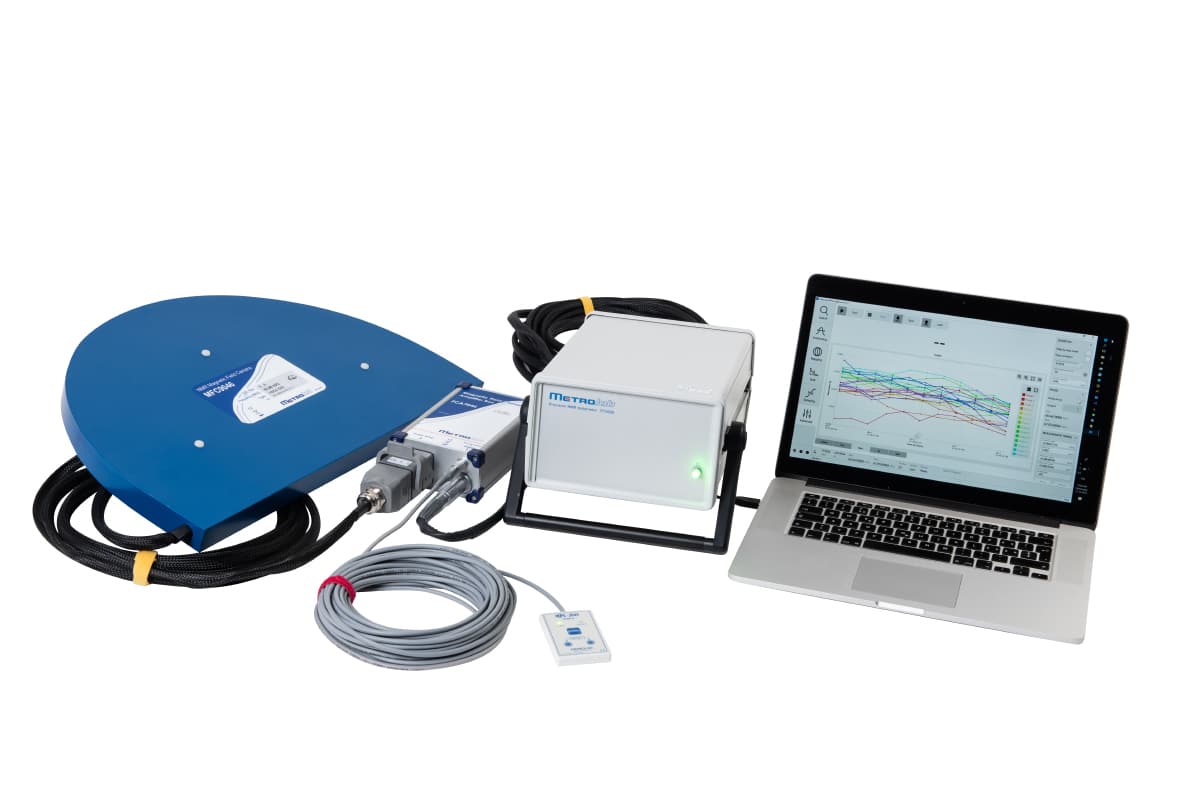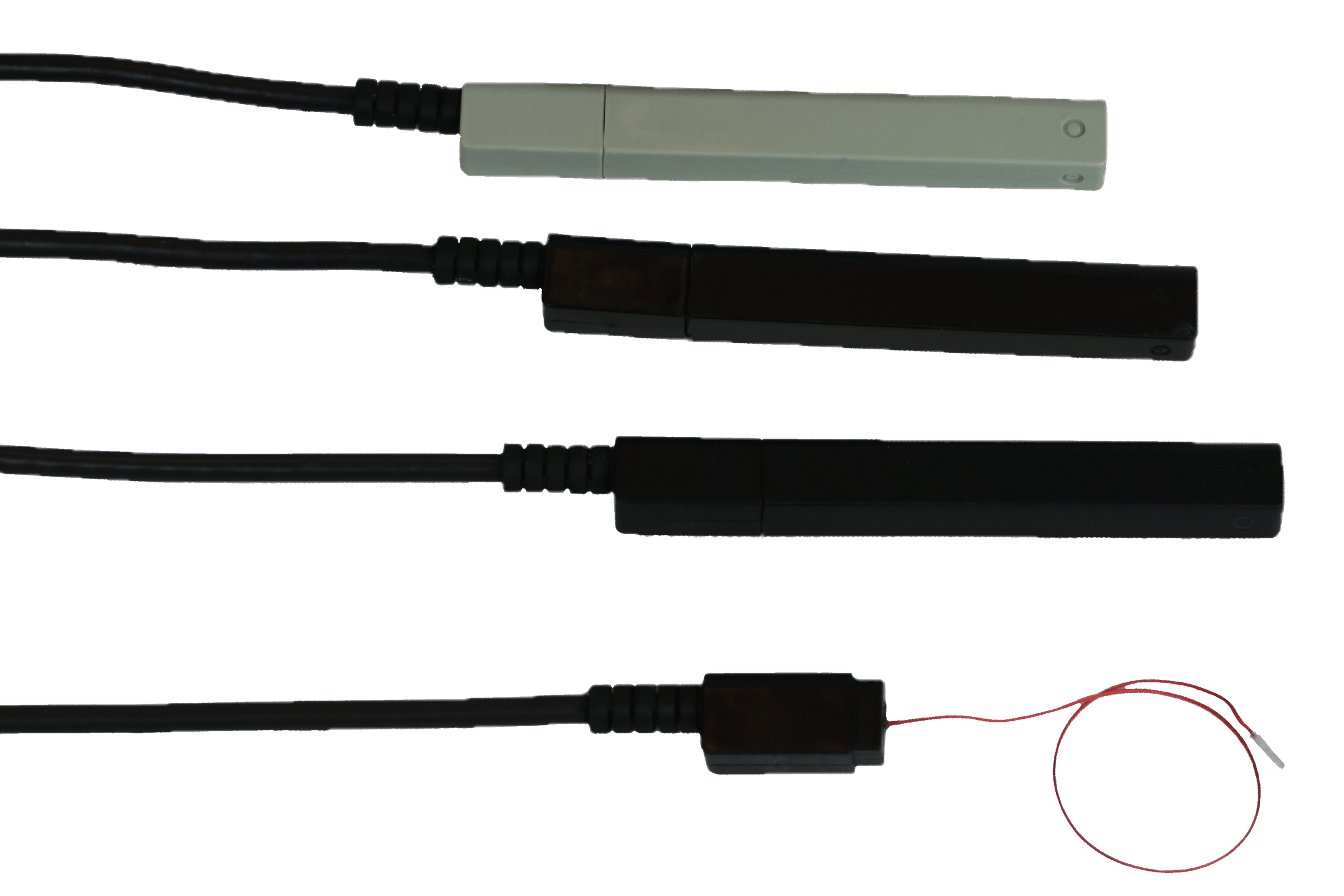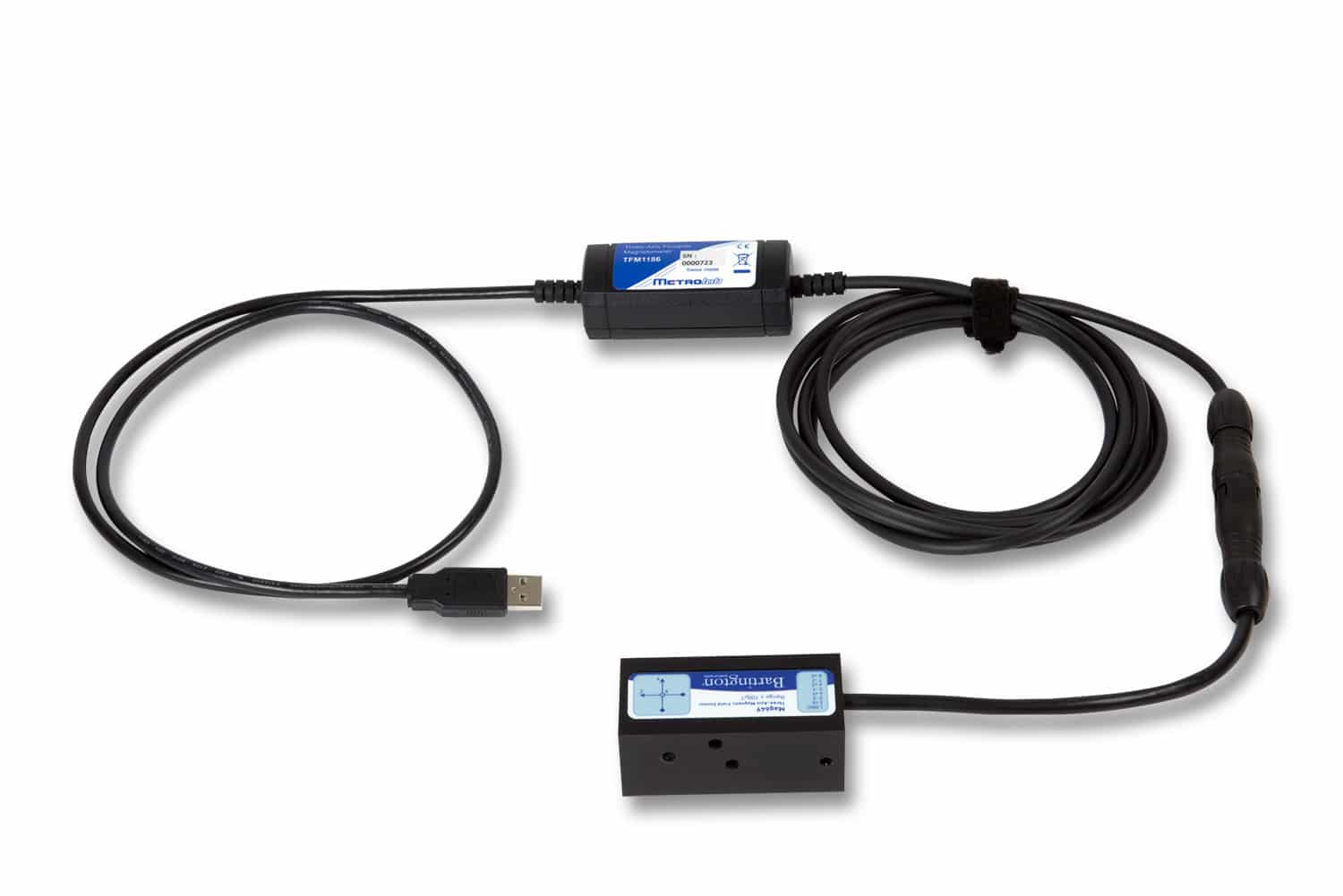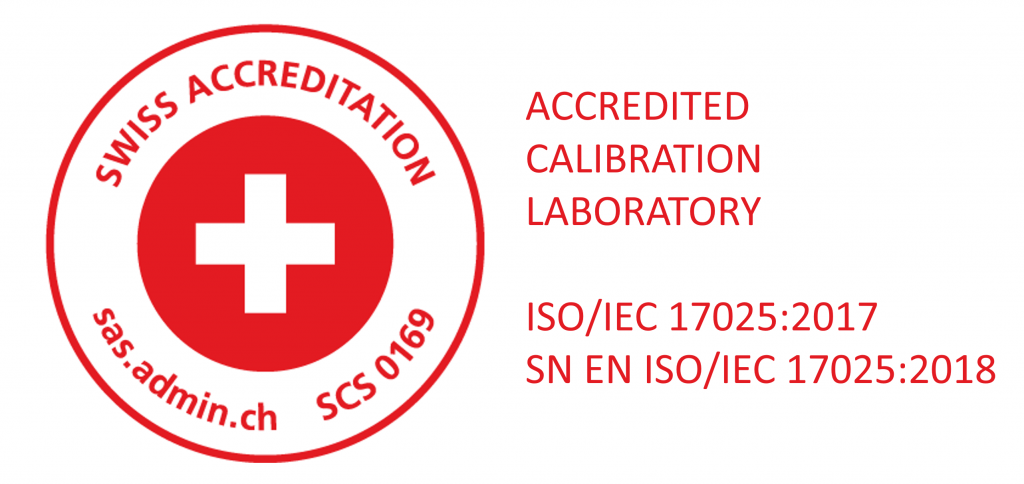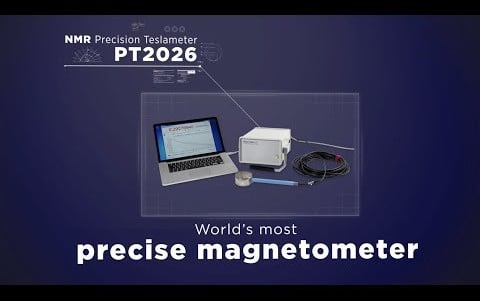Magnetic Resonance Imaging (MRI)
Research & development

Reusable customized systems
Specifically adapted to your system, the solutions we provide for the Research & Development phases can also be used during production and installation, thus optimizing your investment and saving time in the complete product cycle.
MRI – Research & Development
The development of a new MRI magnet requires a rapid and reliable magnetic measurement system to verify and perfect the magnet modelA computational simulation of the field generated by a magnet. More. Our standardA standard is the internationally agreed-upon physical representation of a unit. For example, a caesium clock is the standard for... More product line covers most of your needs in this area. Besides, we develop custom and semi-custom solutions – for example, an adaptation to a new field strength or geometry, or for the passage from a reduced-scale to a full-sized model.







From general-purpose to mapping – always the ultimate in precision
Metrolab’s single-point NMRNuclear Magnetic Resonance. A resonance phenomenon seen when you irradiate a sample in a magnetic field with an RF field.... More magnetometers are as sophisticated as they are robust and easy to use. These versatile, ultra-high-precision instruments are perfect for measuring the B0In MRI, B0 refers to the strong primary field used to polarize the protons in the body. More fields typically encountered in MRI applications. They are suitable for simple hand-held field-strength checks, for example, during rampingThe process of injecting current to bring the field up to the operational field. Used particularly for superconducting magnets. More, as well as sophisticated long-term stability studies, simultaneous measurements at several locations, or even a simple field map.
Metrolab’s unique multi-point NMRNuclear Magnetic Resonance. A resonance phenomenon seen when you irradiate a sample in a magnetic field with an RF field.... More teslameterSee magnetometer. More systems allow computational models to be verified to a high order, thanks to their ultra-high precisionPrecision is how closely multiple measurements will be clustered. Also called reproducibility or repeatability. In everyday speech, often confused with... More; their geometry adapted to the magnet, a high density of measurement points, and rapid acquisition time. The same field maps form the basis for a robust and fast shimmingIn magnet production, the process of making a magnetic field more homogeneous, by placing pieces of iron (shims) in the... More procedure that can handle even the relatively poor field quality of a prototype.
Fringe fields & dynamic effects
Metrolab’s handheld three-axisThe magnetic field is a three-dimensional vector quantity. A single Hall element only measures one component. A three-axis Hall instrument has... More magnetometerAn instrument to measure magnetic flux density (B) or magnetic field intensity (H). More allows mappingThe process of measuring magnetic field intensity at many different points, in order to understand the structure of the field... More fringe fields quickly and conveniently. In contrast, precisionPrecision is how closely multiple measurements will be clustered. Also called reproducibility or repeatability. In everyday speech, often confused with... More integrators – a standardA standard is the internationally agreed-upon physical representation of a unit. For example, a caesium clock is the standard for... More tool for mappingThe process of measuring magnetic field intensity at many different points, in order to understand the structure of the field... More acceleratorParticle accelerators were developed by physicists to study the elementary nature of matter. Nowadays, they are usually immense, highly international... More magnets – can also be used effectively for high-precision studies of dynamic effects such as eddy currents.

